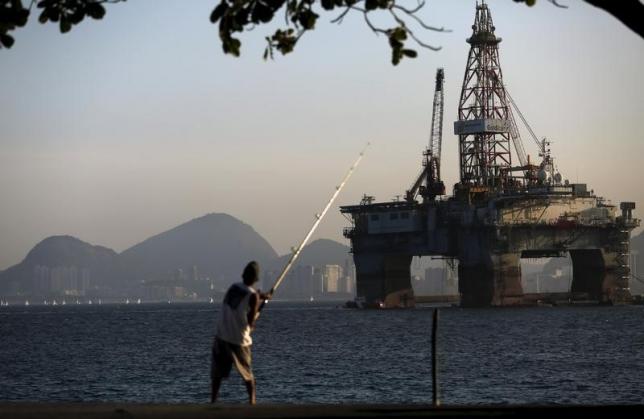Analysts expect that Brazil and Iraq will have to make major downward revisions to their oil production targets, which could in the end lead to a price spike that would give a boost to the U.S. oil industry. Both countries are currently thought to be capable of adding more than 2 million barrels of crude per day to the world’s supply by 2020 and another 2.5 million by 2025. These volumes would position Brazil and Iraq as the world’s biggest contributors to the increasing global supply.
However, both Brazil and Iraq are currently facing problems in their oil industries. Brazil’s Petrobas had to decrease its five-year output forecast by 1.4 million bpd this week in response to low prices. The 1.4 million bpd is almost the same as the world’s current oversupply, which went up due to the American crude revolution and the OPEC policy not to cut output.
As to Iraq, Bagdad is currently re-negotiating contracts with major oil companies to come up with “more realistic” production objectives. According to Seth Kleinman of Citi, “all these project cancellations and deferral and cut backs are setting the world up for tighter oil markets in the medium term (2017-2019) unless the record Middle East oil rig count successfully translates into significantly higher production”. Deutsche Bank added that “demand will have its say but from a supply perspective it is hard not to believe the seeds of the next price spike are being sown today”.
Interestingly, roughly a year ago, the International Energy Agency predicted that Brazil would produce 3.7 million bpd by 2020 and Iraq some 4.6 million. On Monday (29 June), Petrobras, Brazil’s major producer, said it would produce only 2.8 million by 2020 while Iraq is thought to be struggling to rapidly raise production. Yet, Bagdad still believes that it will see its output at 5.5-6 million within five years.




